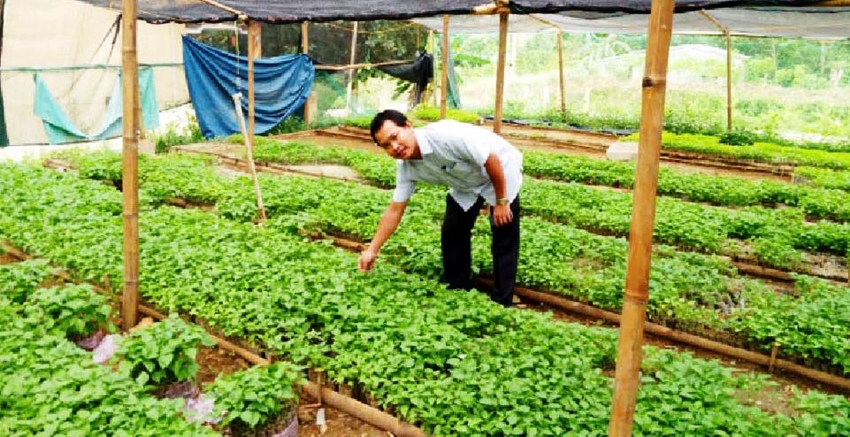 |
| Chili pepper nursery |
According to Associate Professor, Dr. Nguyen Van Duc, the red chili pepper also has other names such as a rieu, xiem chili, moi chili, bay chili... and is of wild origin, spread by the starling bird (in the Co Tu language, it is called a rieu) on the fields of the ethnic people. Monitoring and research shows that the starling bird eats the chili peppers in the forest, then excretes feces with seeds and this chili pepper grows. The red chili pepper or a rieu chili has a very unique shape, spiciness and delicious flavor, different from the chili varieties grown in the plains. The red chili pepper is also an organic product, completely natural, a famous specialty of the Central region.
Products from this type of chili on the market today are mainly fresh chili and pickled chili, which have been built under the collective brand name "Chili a rieu Ma Cooih", "Chili Siamese - Son Ha", but the products are not diversified compared to market demand. The process of breeding, planting and caring for chili is still spontaneous, mainly based on the farming experience of local people. Therefore, the germination rate is very low (60%), the quality of the seedlings is not high and is degraded due to crossbreeding.
The application of science and technology in the cultivation and processing of chili has not been focused on, especially the planting and care techniques, so chili varieties are increasingly degenerating; harmful pests and diseases are increasing such as seedling wilt, crab eye spot, viral top curling disease, red spider, mealybugs, etc., causing chili productivity to be low, only 0.1 kg/plant.
To ensure sustainable development of chili peppers in the direction of commodity production associated with product consumption markets, increasing productivity and income for local people, the application of science and technology to preserve and develop chili peppers in the Central region is a necessary requirement.
Chili pepper is a natural organic product, favored by people, with a very large consumption demand, so this type of chili has a relatively high value in mountainous areas, with a price of about 200 - 250 thousand VND/kg. During peak season, the purchase price of chili pepper can be up to 350 thousand VND/kg. This is a good and stable source of income for ethnic minorities in the Central region. The people here compare chili pepper to the green "gold" that nature has bestowed upon them.
To preserve and develop the native A Rieu chili variety in Dong Giang district, Quang Nam province, from April 2018 to March 2022, the University of Agriculture and Forestry, Hue University coordinated with the Department of Science and Technology of Quang Nam province to carry out a provincial-level scientific and technological project on research on conservation and development of A Rieu chili plants for commercial production. From there, the group of Associate Professor, Dr. Nguyen Van Duc (project leader) has brought to the market such as A Rieu salted chili, A Rieu chili bamboo shoots, A Rieu chili sauce to serve the consumption needs of local people as well as neighboring localities such as Da Nang , Hue...
Associate Professor, Dr. Nguyen Van Duc said that the mountainous area of Thua Thien Hue has climate, weather, soil and farming practices suitable for the development of chili peppers. This is a potential crop with high economic value, contributing to the socio-economic development of ethnic minority areas in the province. Therefore, the province and relevant departments need to have support policies to implement the project of growing and processing organic chili peppers in a commercial direction and building a brand for local chili peppers.
Source: https://baothuathienhue.vn/kinh-te/nhan-giong-vang-xanh-147546.html












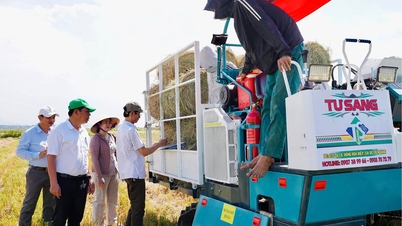
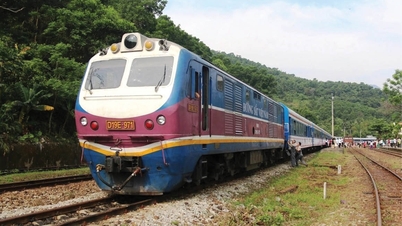







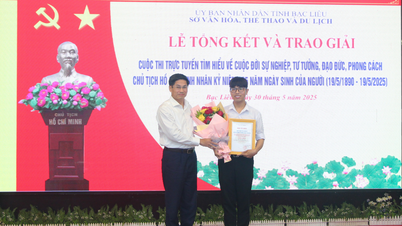


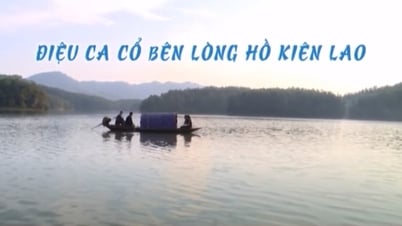















































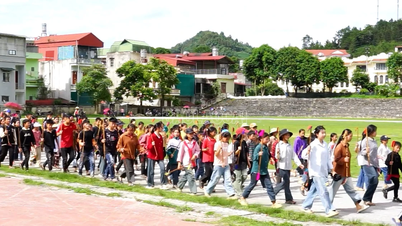



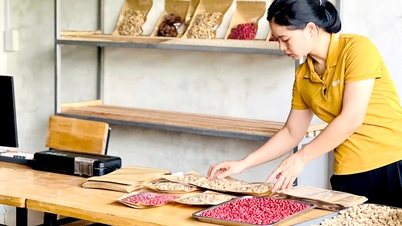



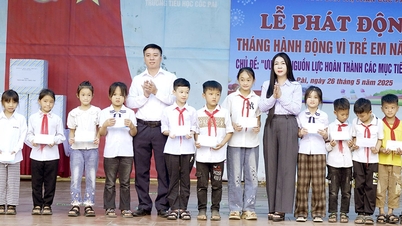










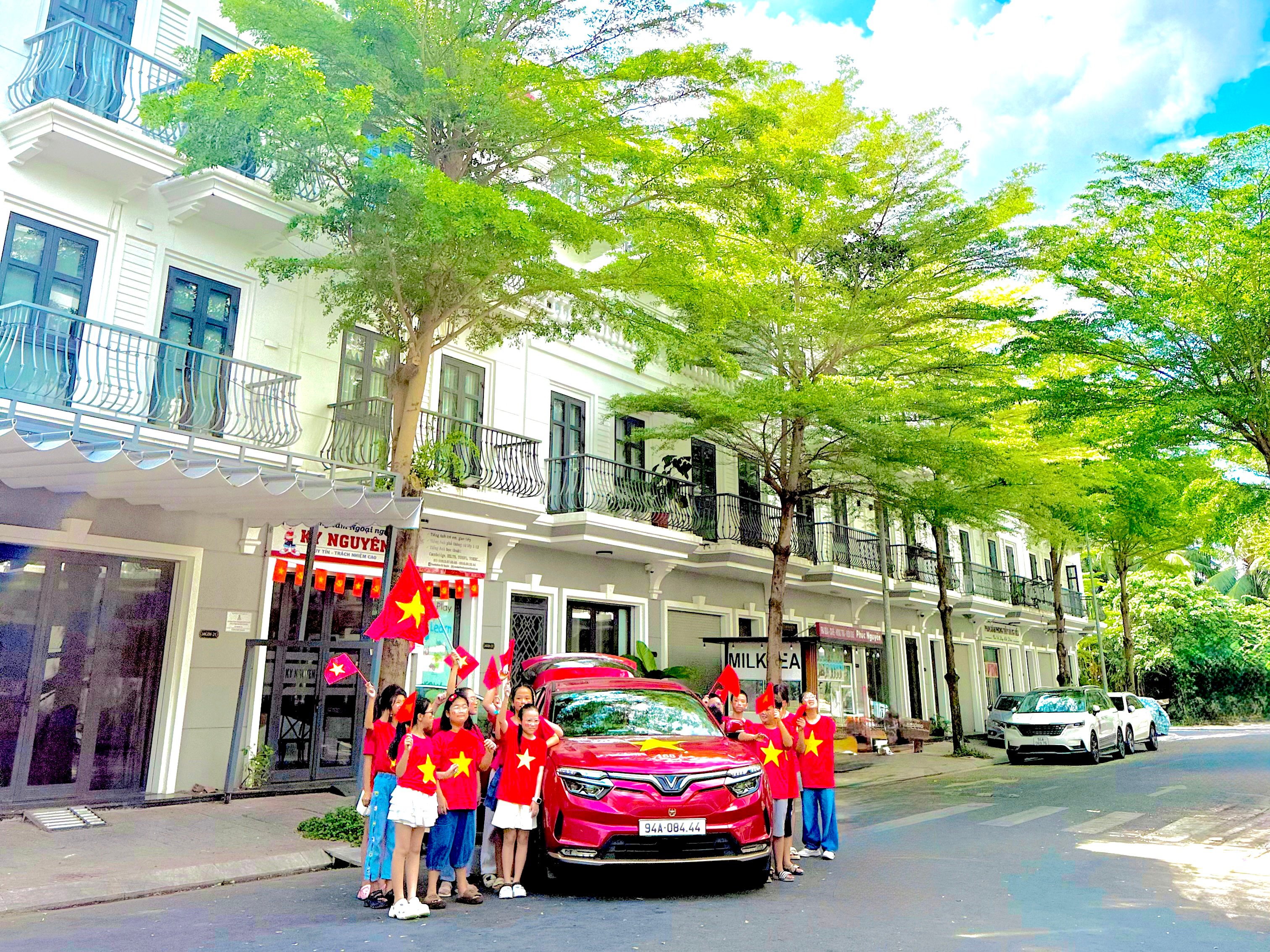

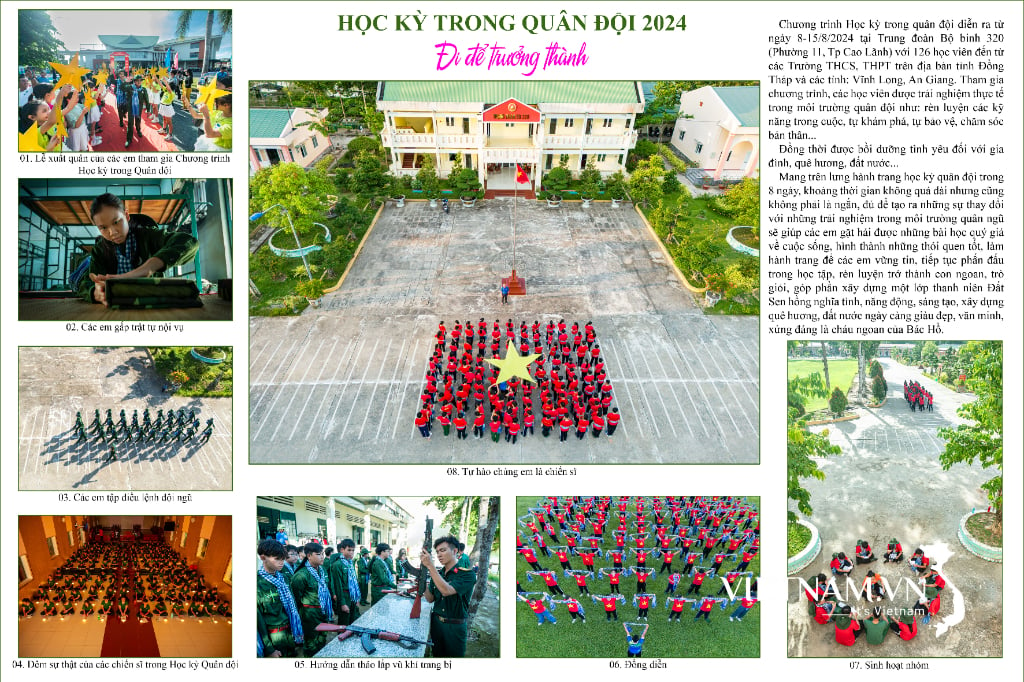

Comment (0)